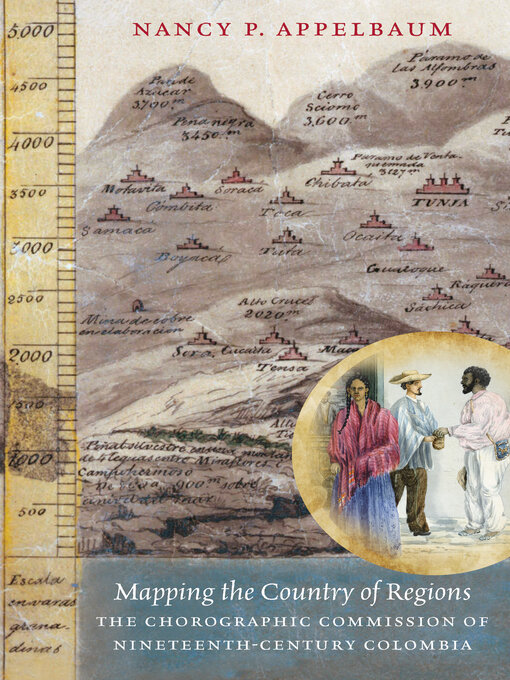- Great reads without the wait!
- New eBook additions
- Most popular
- New kids additions
- Try something different
- El Colombo es Inclusión
- Nuevo servicio de Revistas
- All new Magazine reading service
- Artificial Intelligence & ChatGPT
- English 2 Fly : Special Collection
- EducationUSA Collection
- For our teachers from TESOL Press
- El 1er libro de todas las series.
- See all ebooks collections
- New audiobook additions
- Most popular
- Nuevo servicio de Revistas
- All new Magazine reading service
- Artificial Intelligence & ChatGPT
- Who was?
- El 1er libro de todas las series.
- Always available, no waiting lines.
- Lo más popular del 2025.
- Oxford Bookworms
- Nobel Prize for Literature
- Horror Books to prepare for Halloween
- See all audiobooks collections
